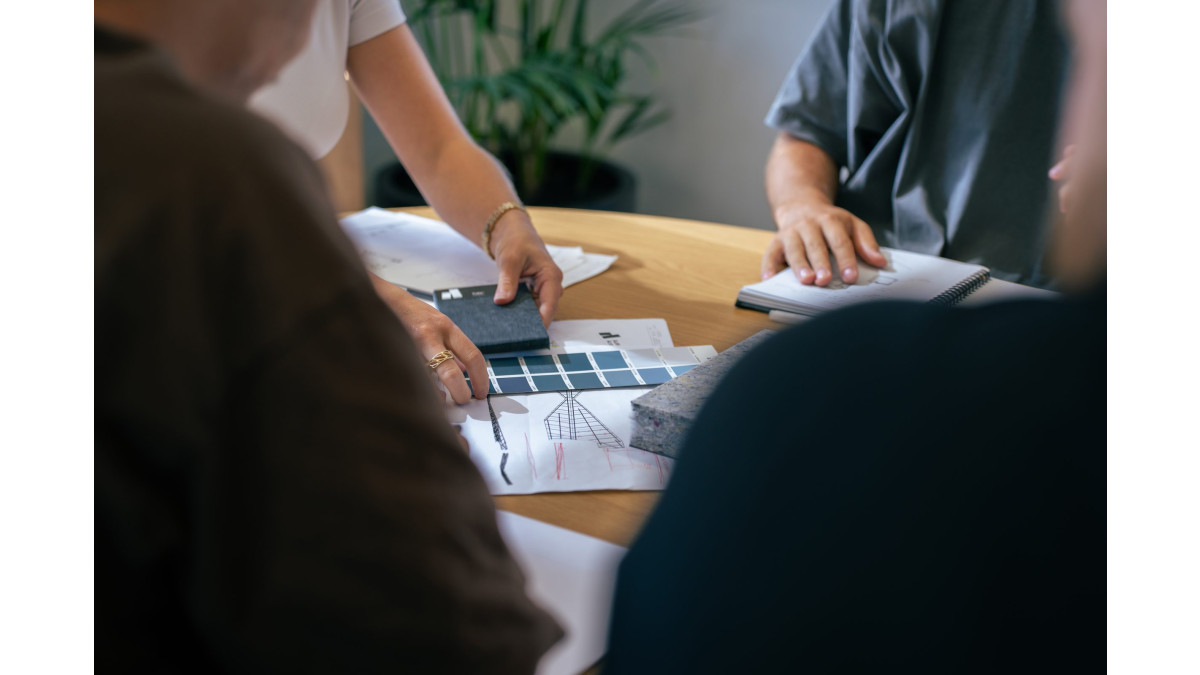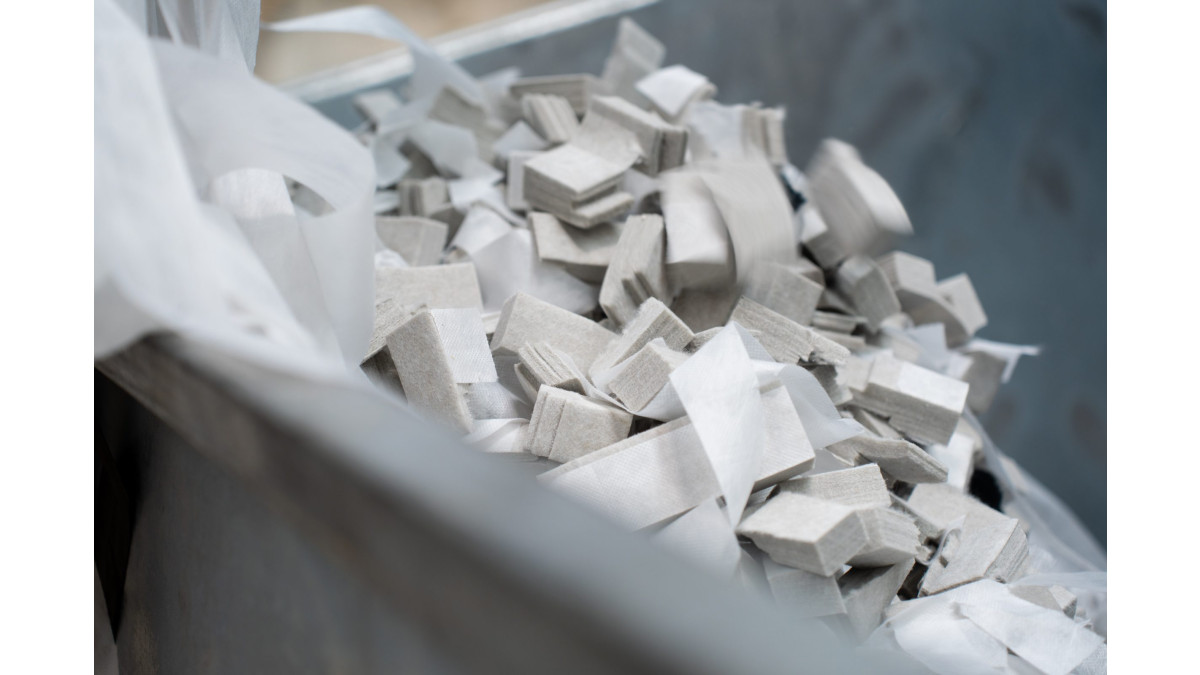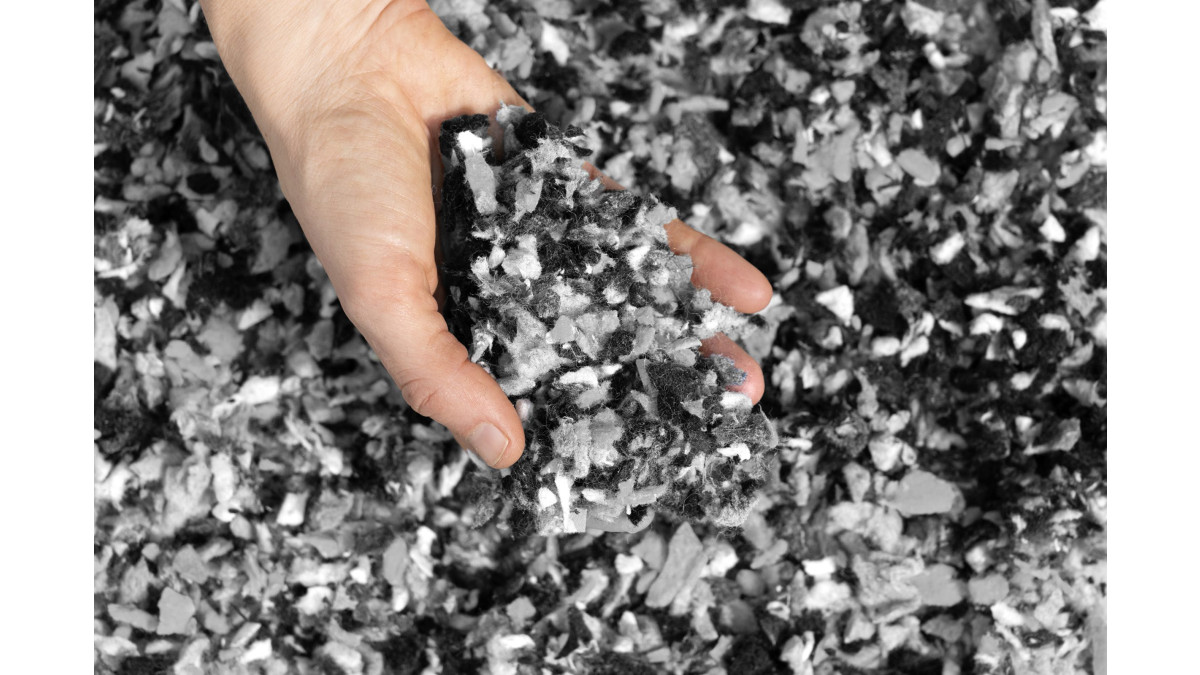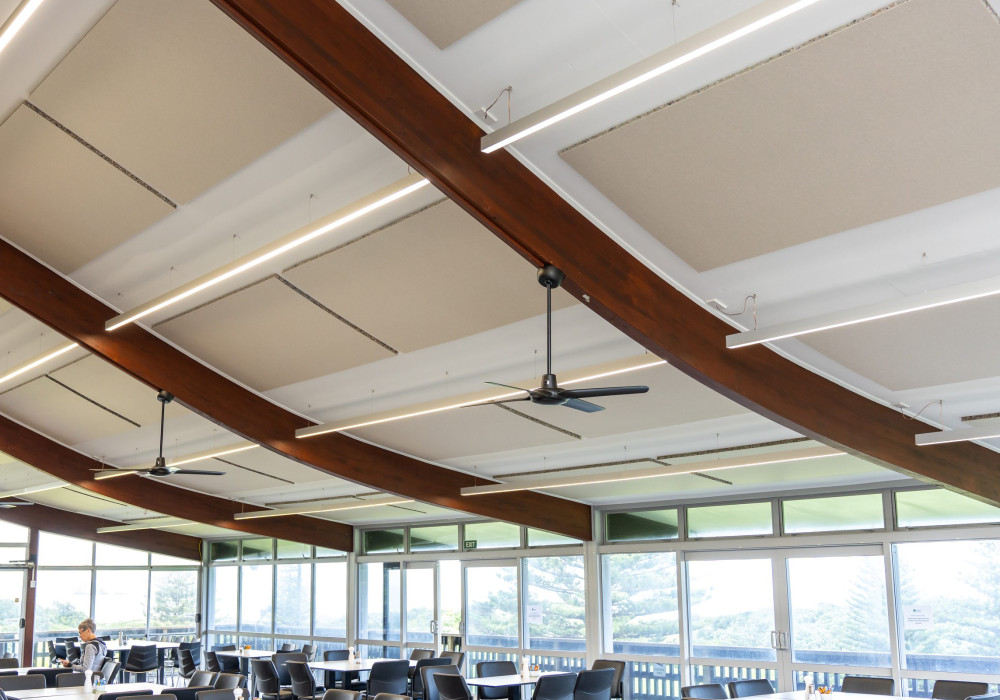
New Zealand's construction and demolition industry is accountable for a staggering 40 - 50% of the country's landfill waste. This highlights a prominent issue in how we manage construction materials and the types of materials integrated into our building processes.
“This issue is widely known and one we take very seriously,” says Sam Wells, product development lead at Autex Acoustics New Zealand.
As sustainability becomes a core focus within the construction industry, it’s clear that: “there is an ever-growing number within our industry who are seeking innovative solutions that will help reduce waste and find alternative uses for materials. This is being led by architects, designers, builders, and manufacturers who are prioritising conscious materials and their end-of-life treatment when used in their projects.”
While landfills are often out of sight, the waste they conceal continues to pile up, posing a significant threat to our environment through ecosystem damage, air and water pollution, and the ever-growing need for more landfill space. To tackle this hidden crisis, a two-pronged approach is needed: better management of construction waste on-site and using products designed to minimise waste from the outset.
“In our industry, architects generally control what materials and products are used in their projects,” Wells explains. “These products are increasingly being selected based on the origin, its usable lifespan, and what end-of-life options are available.”
The path to sustainable construction starts with architects, but manufacturers pave the way with their materials. By investing in the development and accessibility of sustainable materials, manufacturers can truly inspire positive change within the construction industry. “At Autex Acoustics, sustainable design is at the heart of our operations. We continuously strive to develop solutions and systems that reduce waste and promote a circular economy,” Wells says.
Autex Acoustics’ initiatives encompass a wide range of impactful measures. All of their acoustic solutions are manufactured using a minimum of 60% recycled PET, demonstrating their commitment to sustainability. They take pride in their takeback programme, as showcased by their ReForm product. Additionally, they have been at the forefront of pioneering pelletiser technology, converting acoustic panel offcuts into PET pellets known as RePET. These pellets are ingeniously utilised in creating accessories for their products, including the Frontier Acoustic Raft end caps and the innovative SpinFix glueless mounting system.
Addressing the construction waste issue requires a collective effort from the entire industry. Architects, interior designers, installers, builders, and manufacturers must work together to promote sustainable practices to drive real change. Choosing sustainable materials, adopting new technologies, and providing transparent systems are important steps toward industry-wide sustainability. Together, achieving a positive and lasting difference for our planet.













 New Products
New Products


















 Popular Products from Autex Acoustics
Popular Products from Autex Acoustics


 Most Popular
Most Popular


 Popular Blog Posts
Popular Blog Posts
